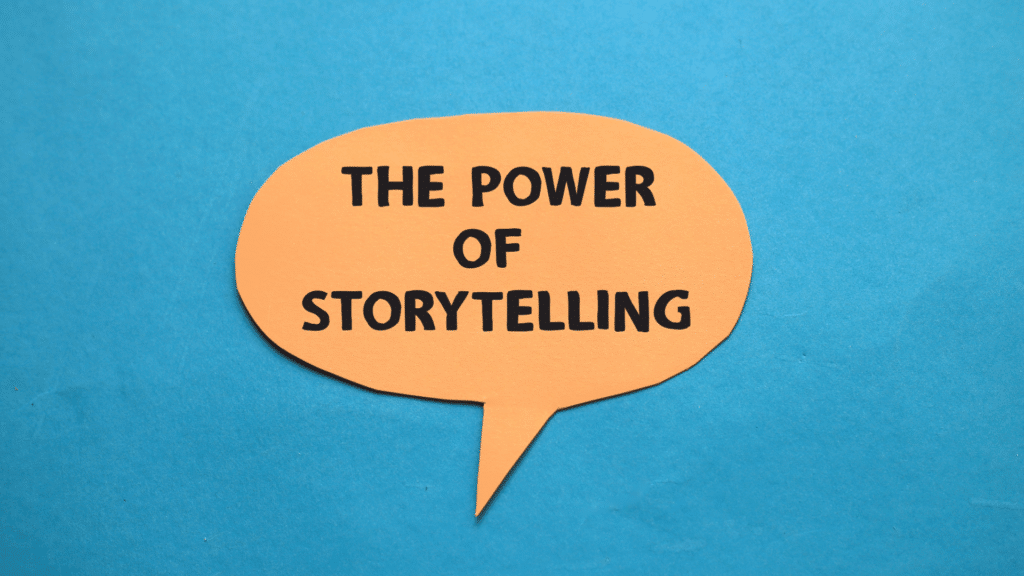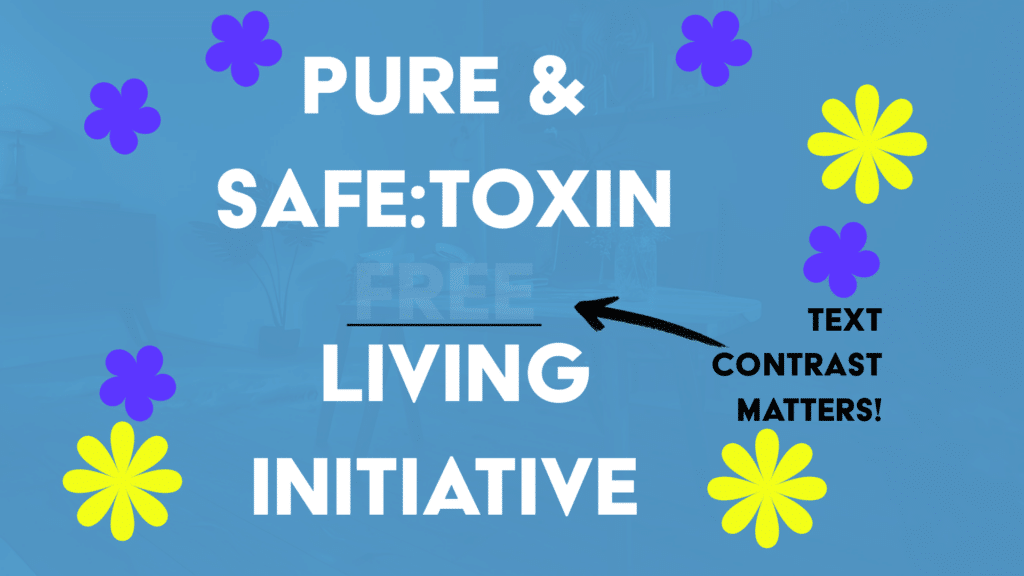If you want to connect with your donors and get them to support your cause, storytelling is one of the most powerful tools you have. Sharing real, emotional stories about the people or communities your organization helps can create an immediate, deep connection. A study by Stanford University found that people are 22 times more likely to remember a fact if it’s part of a story (Source: Stanford). That’s why sharing your mission through compelling stories is so effective for fundraising.
Share Real Stories
People are drawn to authentic, relatable stories. Highlight the real individuals who benefit from your work—whether it’s a family that received critical support, a community that thrived thanks to your projects, or a person who found hope because of your services. Personal stories make your mission relatable and help potential donors see the real-life impact of their contributions. According to the Journal of Marketing Research, emotionally charged content is twice as likely to be shared.
Consider featuring:
- Stories from people whose lives have been changed by your organization.
- Testimonials from volunteers and staff who share their experiences and passion.
- Updates and progress stories that show how donors’ contributions are making a difference.
These kinds of stories help put a face to your mission, making it easier for people to emotionally connect and feel inspired to get involved.
Use Visual Content
Visual storytelling is incredibly impactful. Videos and photos can help bring your stories to life in a way that words alone can’t. Research has shown that videos can increase donation page conversion rates by up to 30% (Source: Network for Good). A survey by Wyzowl also found that 84% of people have been convinced to donate after watching a video about a cause.
To make the most of visual content:
- Create short, engaging videos that highlight the positive impact your organization is making.
- Use powerful images that capture key moments and emotions of the people you help.
- Share visual content on social media to attract new supporters and keep your audience engaged.
Visuals make stories more immersive and memorable, which means they can help drive more support for your cause.
Focus on Emotional Appeal
Numbers and statistics are important, but they often don’t move people to act. Instead of focusing solely on data, highlight the emotional side of your work. Research by Nielsen found that ads with an emotional appeal perform about twice as well as those with a rational content focus. Show the struggles, challenges, and successes—take your audience on an emotional journey.
To build an emotional connection:
- Use language that evokes empathy and compassion.
- Show the transformation—how someone’s life has changed thanks to your organization.
- Include quotes or stories that highlight the hopes, dreams, and emotions of those you’re helping.
An emotional appeal will help donors feel personally involved in your cause and more motivated to take action.
Conclusion
Stories are powerful because they connect us on a human level. They can inspire people to act and create a sense of personal involvement. By sharing real stories, using compelling visuals, and focusing on emotional appeal, your organization can create an authentic connection that motivates people to support your mission. Whether you’re sharing these stories on your website, social media, or in email campaigns, remember—storytelling is all about making your cause relatable, tangible, and deeply meaningful to your audience.
Sources:
- Stanford: https://www.stanford.edu
- Journal of Marketing Research: https://journals.sagepub.com/home/mrj
- Network for Good: https://www.networkforgood.com









